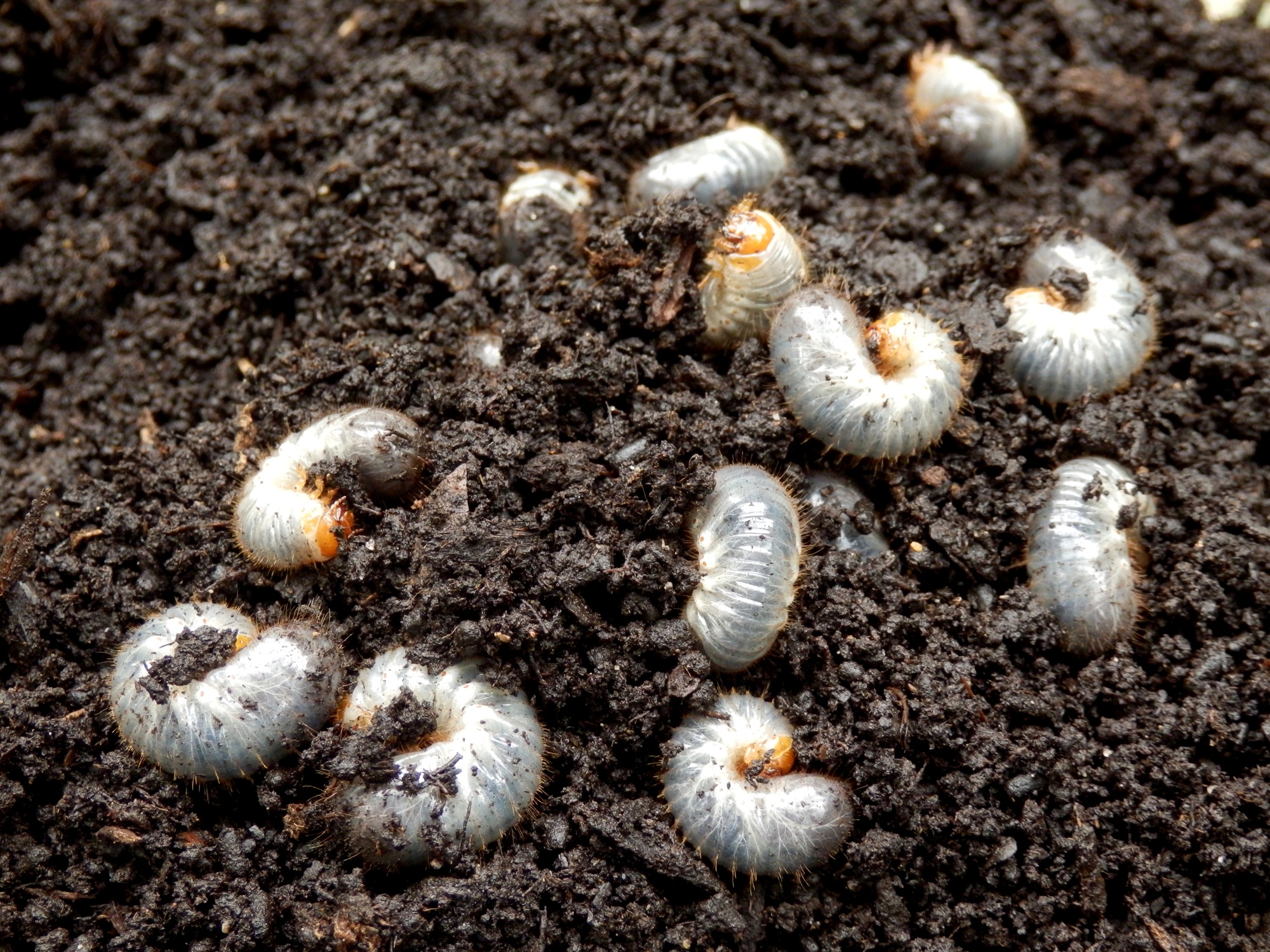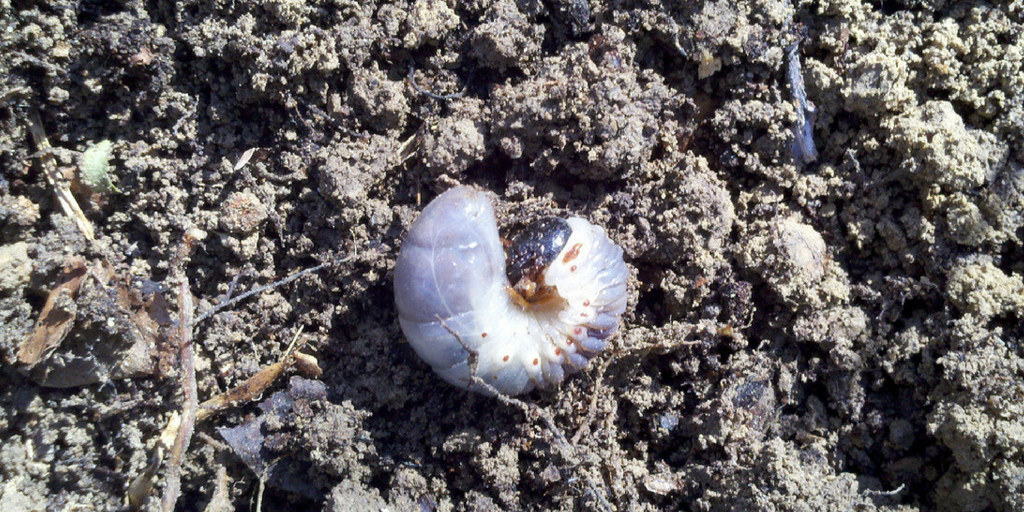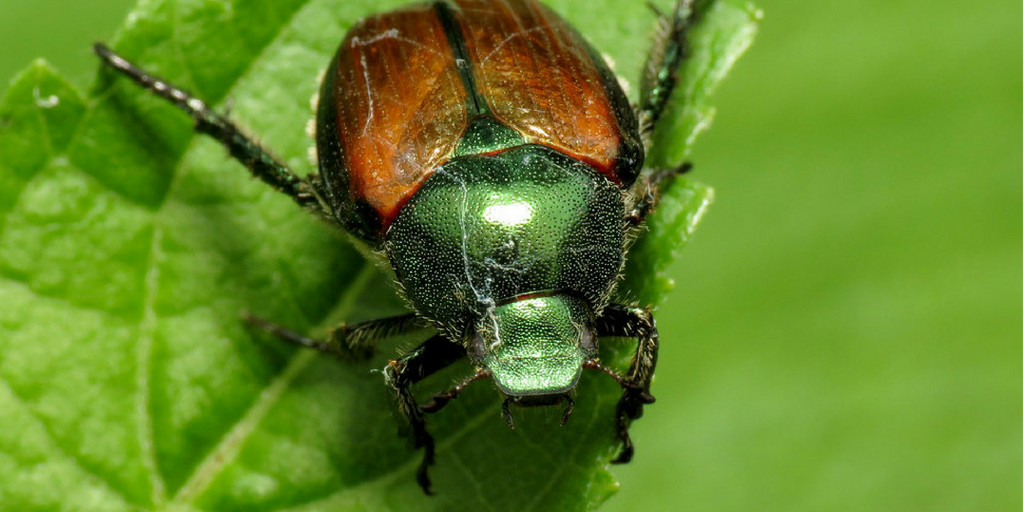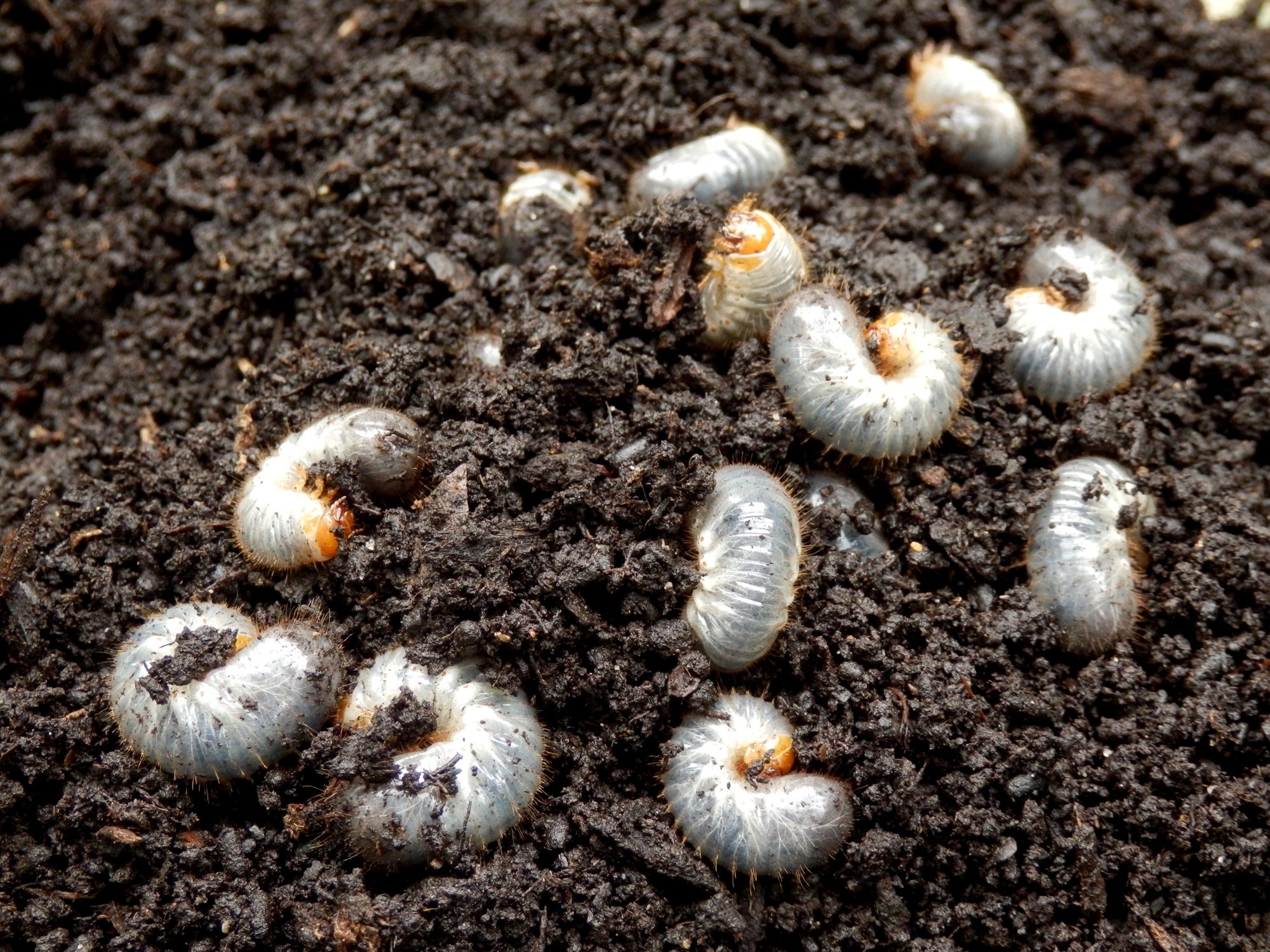
Welcome to Grub Talk, ladies and gentleman, a weekly educational series on the life and times of the notorious white grub. Also known as the European Chafer beetle, May/June beetle, or Japanese beetle, the white grub can be found in many lawns across Canada, and is a pest that can tear up even the strongest of lawns if left untreated.
Most homeowners don't know that white grubs are present until they suffer significant turf loss from secondary pests, such as animals who feed on the grubs and cause damage. The key to success with white grubs is identifying that they are present before any turf damage is visible, so monitoring early and often is the best practice!
The life cycle of the white grub consists of 4 stages: Egg, Larvae, Pupa, and Adult. During this 4 stage process, the white grub transforms itself in shape, size, colour and feeding habits. It also changes where it lives during its life cycle. White grub species all complete their life cycle in 1 year, with the exception of the June Beetle, which has a 3 year life cycle.
Read on to learn more about the white grub life cycle
Egg Stage
Adult beetles dig shallow holes in the soil where they lay their eggs. Depending on the particular white grub species, the egg laying period occurs between June and August. Several factors - including soil moisture and temperature - determine how quickly the eggs will hatch. Under regular conditions the eggs hatch in about 2 weeks.
Larvae Stage

After the eggs hatch, tiny 1st instar larvae begin feeding on grass roots close to the surface. feeding continues for several months into late fall. As the larvae mature into 2nd and 3rd instar they grow in size and feed more aggressively. Turf damage can start to become visible if infestation levels are high.
Animal digging from skunks and raccoons is also common during an infestation, as the grubs are a great food source. The white grub overwinters as a 3rd instar larvae and moves deep into the soil as the ground freezes. When early spring arrives, the larvae move back towards the surface and continue to feed on the roots. This feeding lasts for a short time as the larvae stop feeding and turn into pupae.
Pupae Stage
The pupae life stage takes place after the larvae feeding has finished. The larvae transform into a pupae in the soil, where they then remain for several weeks. During this transformation process the pupae becomes an adult beetle, the last stage of its life cycle.
Adult Stage

After the completion of the pupae stage, Adult beetles emerge. The adult beetles dig their way out of the soil and move up to the surface. This transformation takes place in early summer, lasting for about a month. After the beetle has crawled out of the soil it spends 2-3 weeks mating before laying eggs. The eggs (up to 60 eggs) are buried in the soil during the summer (June – early August). The Adult beetle is the final stage in the life cycle of the white grub.
For more lawn care tips and tricks, follow us on Facebook or Pinterest.








